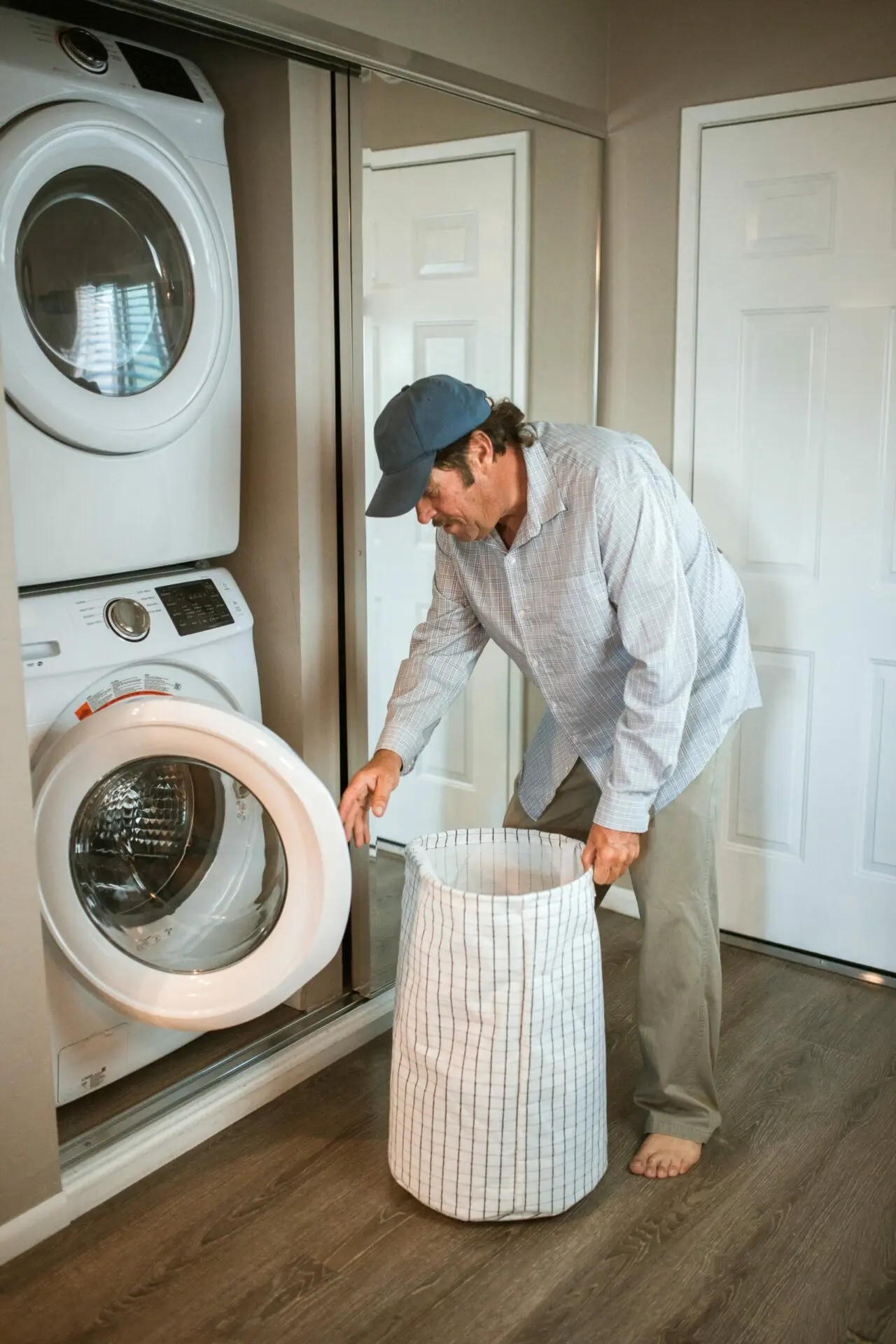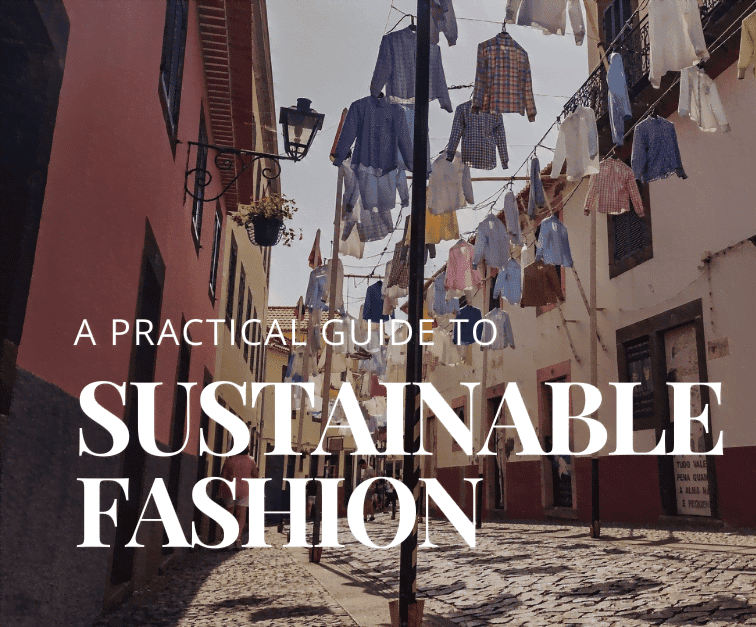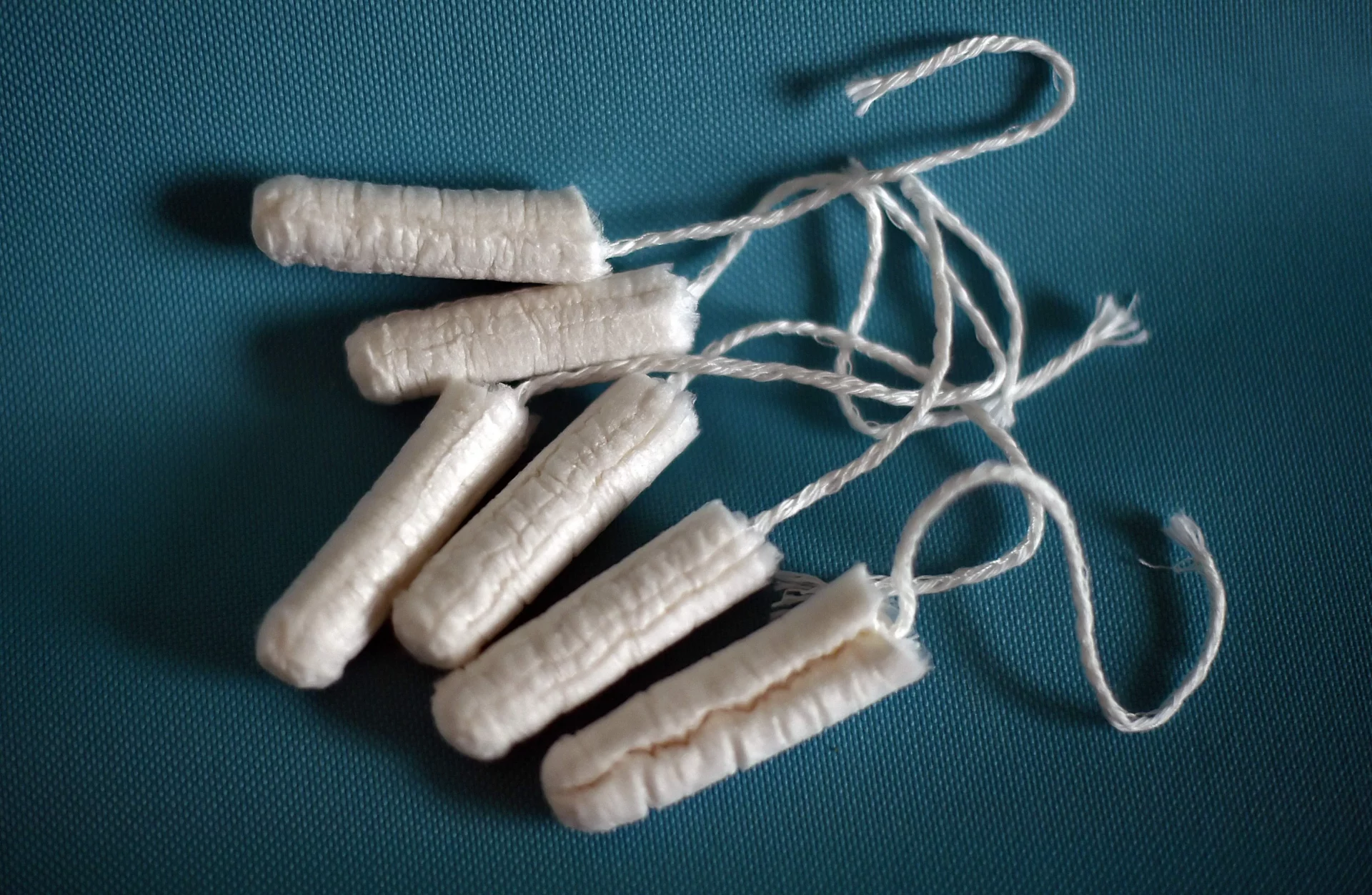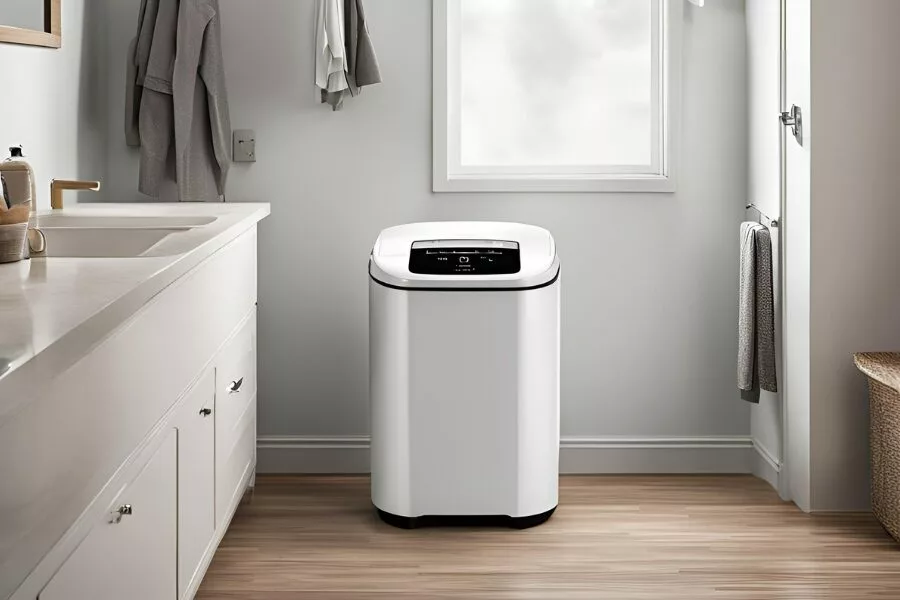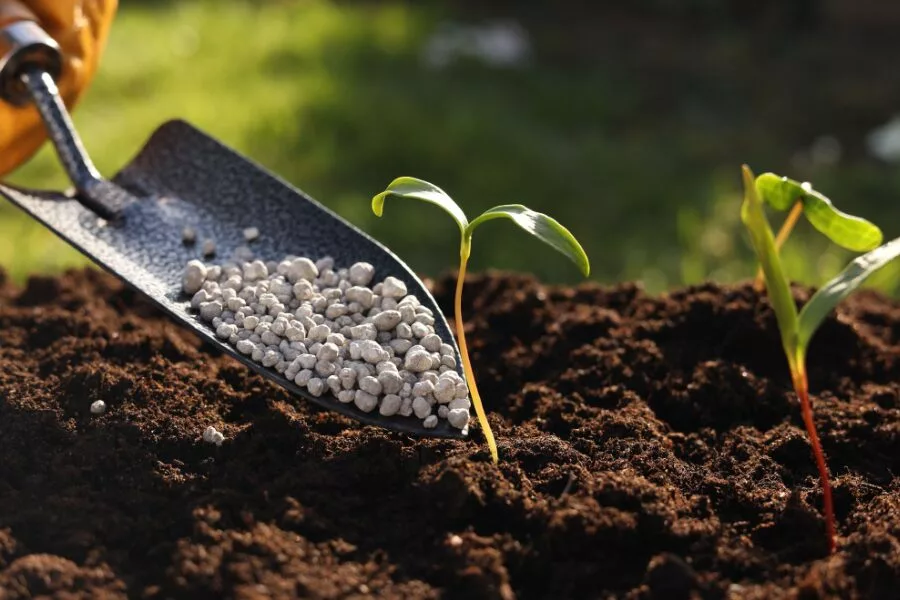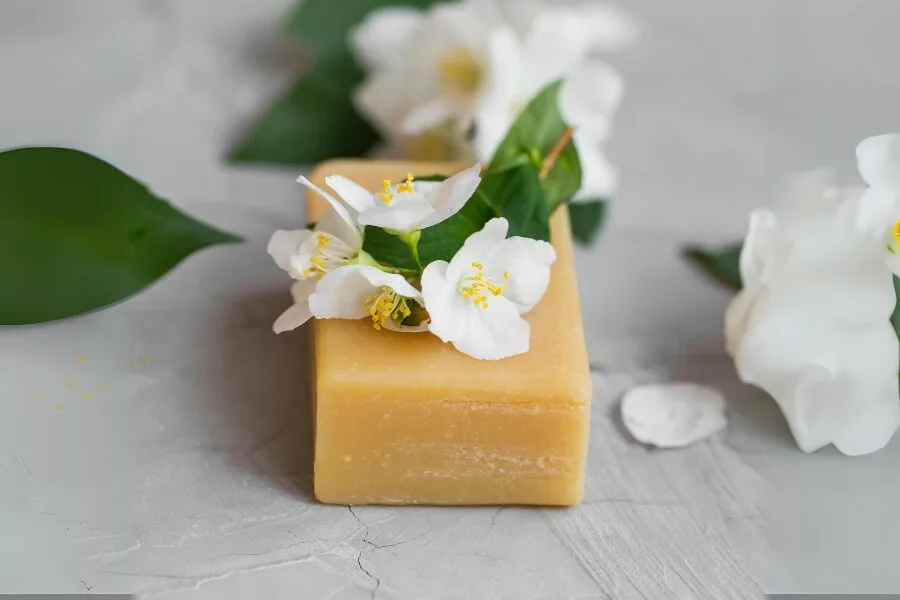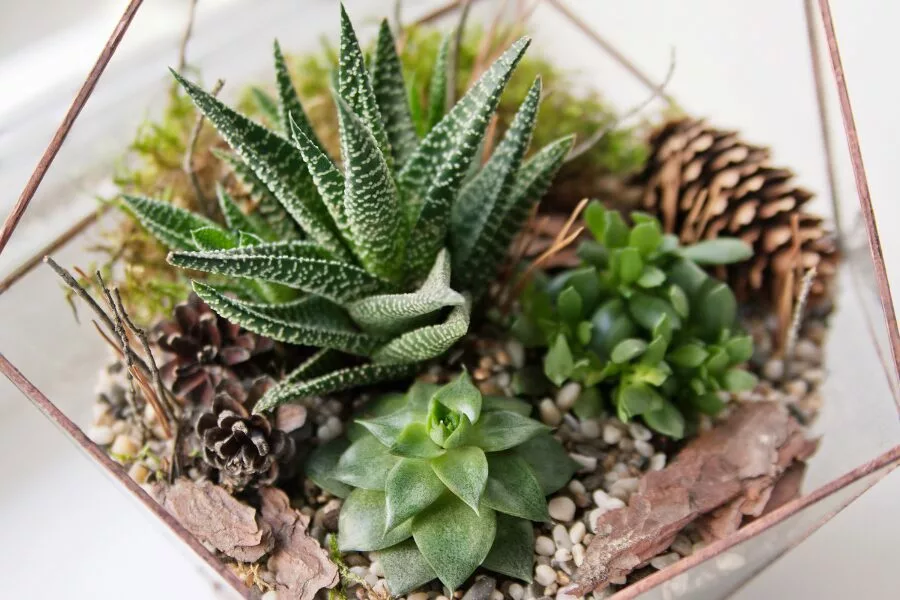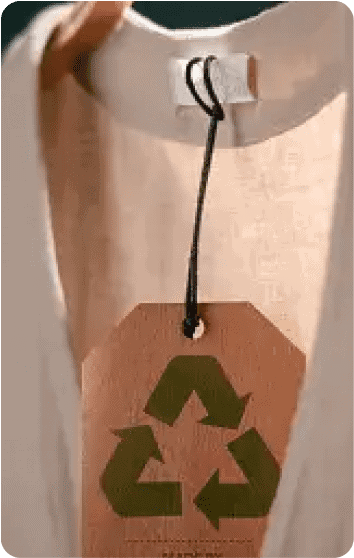Last Updated on August 9, 2024 by Our Editors
When it comes to household maintenance, the humble washing machine often goes unnoticed until it starts to malfunction. However, regular cleaning is not just a matter of efficiency or hygiene; it’s a significant environmental concern. The residue left from detergents and fabric softeners, combined with the moisture inherent in the machine’s design, can create a breeding ground for bacteria and mold. Moreover, the cleaning agents we use to tackle these issues can have far-reaching effects on our planet’s ecosystems.
Eco-friendly washing machine maintenance is about making conscious choices that are better for the appliance and the environment. By opting for sustainable cleaning methods, we can reduce the release of toxic chemicals into our water systems, minimize our carbon footprint, and extend the life of our washing machines through gentler care. This guide is your comprehensive resource for transforming the way you maintain your washing machine, ensuring that it’s as kind to the earth as it is to your clothes.

Understanding the Impact of Washing Machine Cleaners
The quest for a sparkling clean washing machine has led many of us to use a variety of commercial cleaners. However, these traditional products often contain a cocktail of chemicals such as phosphates, bleach, and synthetic fragrances. These substances can cause significant environmental harm, contributing to water pollution and the degradation of ecosystems when they are flushed out into our rivers and oceans. Phosphates, for instance, are notorious for causing algal blooms that deplete oxygen in water bodies, endangering aquatic life.
The packaging of these cleaners also adds to their environmental toll. Plastic bottles and containers, if not properly recycled, contribute to the growing problem of plastic pollution. These plastics can take hundreds of years to decompose, releasing microplastics and toxic substances into the soil and water as they break down.
Choosing washing machine cleaners with sustainable ingredients and eco-friendly packaging is therefore crucial. Sustainable ingredients are typically biodegradable, meaning they break down naturally without causing harm to the environment. These ingredients are often plant-based and are sourced from renewable resources, ensuring that their production has a lower environmental impact.
Eco-friendly packaging, on the other hand, is designed to be recyclable, biodegradable, or compostable. This means that the packaging can either be broken down by biological processes or reused, thereby reducing its impact on the environment. Some companies go a step further by offering refillable options or concentrating their cleaners, which means that less packaging is used overall.
In the next sections, we will explore eco-friendly cleaners that are kind to your washing machine and the planet, DIY recipes for creating your own cleaning solutions, and tips for maintaining your appliance in a sustainable way. By understanding the impact of our choices and opting for greener alternatives, we can all contribute to a healthier environment.
Unlock Your Savings with Exclusive Offer Coupons
Save big while shopping for sustainable products! Grab your exclusive coupons today!

The Best Eco-Friendly Washing Machine Cleaner on the Market
In this section, we will list five of the top sustainable washing machine cleaners. Each product will be described with its eco-friendly attributes and information on where consumers can find them.
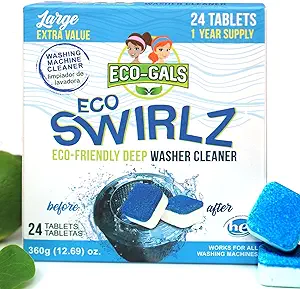
The Eco-Gals Eco Swirlz Washing Machine Cleaner is an eco-friendly solution designed to tackle odor-causing residues and buildup in washing machines. Composed of effervescent tablets, Eco Swirlz works by dissolving and foaming to reach deep into the machine, ensuring a thorough cleanse without the use of harsh chemicals. Ideal for those seeking a sustainable cleaning option, this cleaner is praised for its effectiveness in leaving washing machines sparkling clean and smelling fresh. Each pack provides a convenient year-long supply, making it a practical choice for eco-conscious households.
DIY Washing Machine Cleaners
Embracing a green lifestyle often means going back to basics and using simple, natural ingredients for cleaning. Your kitchen pantry holds some of the most effective eco-friendly cleaning agents. Here are some DIY recipes for washing machine cleaners that are safe, natural, and effective.
1. Vinegar and Baking Soda Wash
Vinegar and baking soda are the dynamic duo of natural cleaning. Together, they not only break down dirt and deodorize but also dissolve mineral deposits and detergents.
Ingredients:
• 2 cups of distilled white vinegar
• 1/4 cup of baking soda
• 1/4 cup of water
Instructions:
- Mix the baking soda and water in a small bowl to form a paste.
- Add the paste to the detergent container of your washing machine.
- Pour the vinegar into the drum.
- Run a wash cycle at the highest load size and hottest water temperature.
- Pause the machine before it starts to drain (if your machine allows this) and let the mixture sit for 30-60 minutes.
- Resume the cycle and let it finish.
2. Essential Oil Refresh
Essential oils like tea tree or lavender have natural antibacterial properties and can leave your machine smelling fresh.
Ingredients:
• 10-20 drops of your favorite essential oil (tea tree, lavender, or lemon)
• 2 cups of distilled white vinegar
Instructions:
- Add the essential oil to the vinegar and shake well.
- Pour the mixture into the drum of the washing machine.
- Run a hot water cycle to clean and deodorize the machine.
Also Read: Homemade Dishwasher Detergent: The Eco-Friendly Cleaning Solution
3. Lemon Juice Scour
Lemon juice is acidic and can help remove stains and deodorize your washing machine.
Ingredients:
• 1 cup of lemon juice (fresh or bottled)
Instructions:
- Add the lemon juice to the detergent container.
- Run a hot water cycle to allow the lemon juice to disperse throughout the machine.

Tips and Tricks for Sustainable Washing Machine Cleaning
Maintaining a clean washing machine doesn’t require harsh chemicals. Here are some tips and tricks for keeping your machine in top shape, the eco-friendly way.
1. Regular Maintenance Washes
Perform a maintenance wash at least once a month. Run an empty cycle at a high temperature with one of the DIY cleaners mentioned above. This helps to prevent the build-up of detergent and fabric softener residues.
2. Correct Detergent Dosage
Use the correct amount of detergent. Overusing detergent not only wastes your product but also leaves residue in your machine and on your clothes. This can lead to mold and odors in the machine.
3. Use Eco-Friendly Detergents
Choose eco-friendly, plant-based detergents that are free from phosphates and other harsh chemicals. These detergents are better for the environment and your health.
4. Clean the Detergent Drawer and Door Seals
Regularly clean the detergent drawer and door seals with a damp cloth and a small amount of your DIY cleaning solution to prevent mold and detergent build-up.
5. Leave the Door Open After Use
After each use, leave the washing machine door open to allow air to circulate and prevent mold and mildew from forming.
6. Check and Clean Filters
Regularly check and clean any filters according to the manufacturer’s instructions to ensure they are not clogged.
7. Eco-Friendly Fabric Softeners
Instead of traditional fabric softeners, consider using a cup of vinegar during the rinse cycle or dryer balls when drying clothes.
By incorporating these DIY cleaners and sustainable practices into your routine, you can ensure that your washing machine runs efficiently while also being mindful of the environment.
Understanding Labels and Ingredients
Navigating the world of eco-friendly products can be a challenge with all the labels and ingredients listed on packaging. Understanding what these terms mean is crucial to making informed decisions that align with your environmental values.
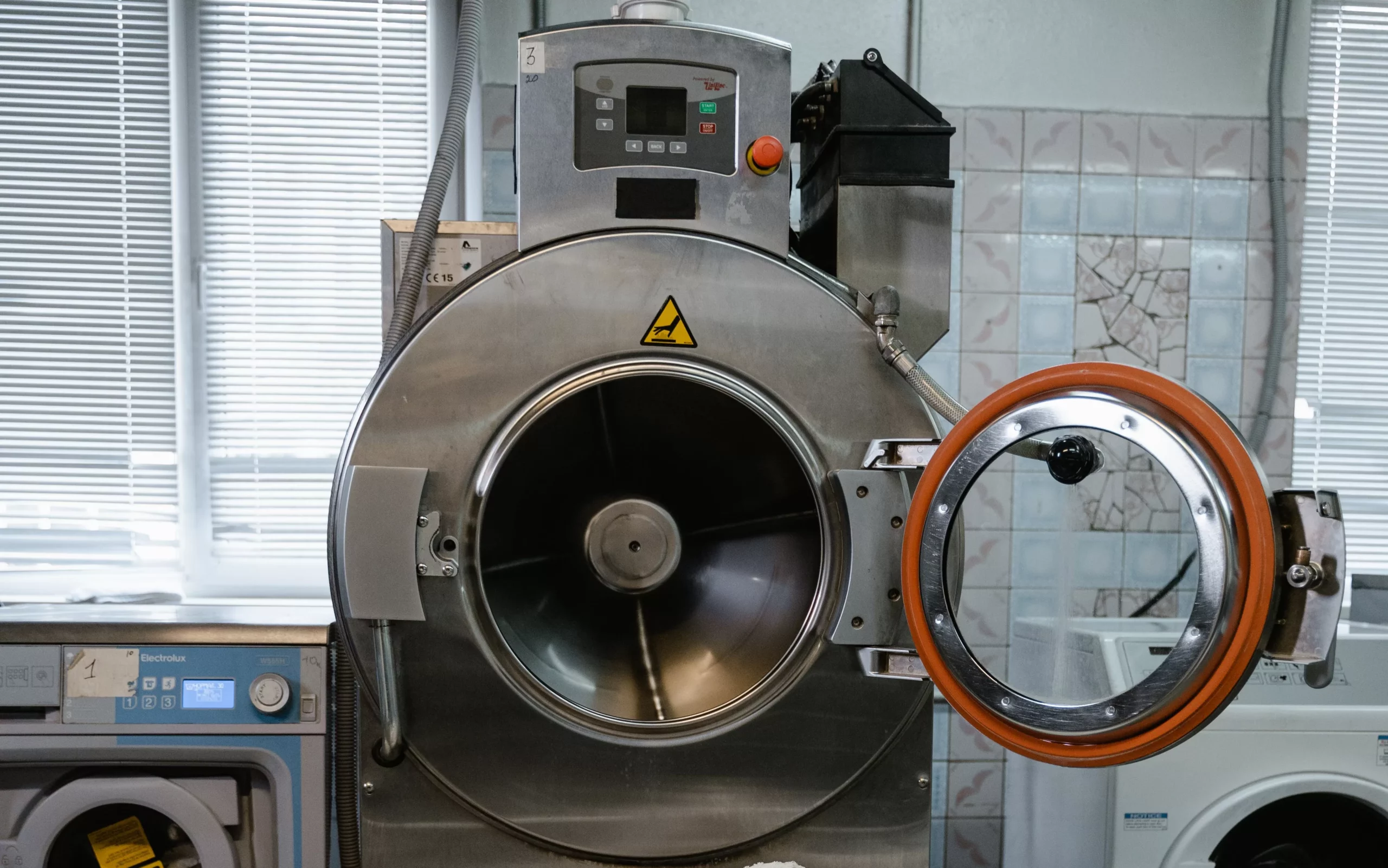
1. Deciphering Eco-Friendly Labels:
Biodegradable: This label means that a product can be broken down by microorganisms over time. However, the rate of biodegradation can vary, so it’s important to note the context and conditions in which the product is biodegradable.
Non-toxic: Products labeled as non-toxic are safe for humans and pets. However, this doesn’t always mean they are safe for the environment, so it’s important to look for additional eco-friendly certifications.
Phosphate-free: Phosphates can cause eutrophication in water bodies, leading to algal blooms that harm aquatic life. Phosphate-free products are a better choice for the environment.
Recyclable Packaging: Packaging with this label is capable of being recycled, reducing the need for virgin materials and the environmental impact of waste.
2. Certifications to Look For:
EcoLogo: Products with this certification meet strict environmental standards that have been verified by a third party.
Green Seal: This is awarded to products that have less impact on the environment and work well.
USDA Organic: While typically associated with food, this label on cleaning products means that at least 95% of the ingredients are organic.
EPA Safer Choice: Products with this label have ingredients that are safer for human health and the environment.
Also Read: Eco-Friendly Cleaning Products For a Clean Home
3. Ingredients to Avoid:
Chlorine Bleach: It can be harsh on the environment and can form toxic compounds when it reacts with other elements.
Synthetic Fragrances: These can contain phthalates, which are linked to reproductive issues and can be harmful to aquatic life.
Parabens: Used as preservatives, these can mimic hormones and disrupt marine ecosystems.
By understanding labels and ingredients, consumers can make choices that are better for their health and the planet.

Beyond Cleaning – Sustainable Usage of Washing Machines
Sustainable washing machine maintenance goes beyond just using eco-friendly cleaners. How you use your washing machine can also have a significant environmental impact.
1. Eco-Friendly Laundry Detergents:
Opt for laundry detergents that are plant-based and free from harsh chemicals. These detergents are not only better for the environment but also gentler on your clothes and skin.
2. Energy-Saving Washing Tips:
- Wash with Cold Water: Up to 90% of the energy used by washing machines goes to heating water. Washing with cold water saves energy and is less harsh on your garments.
- Full Loads: Run full loads to maximize efficiency, but don’t overload the machine as this can reduce cleaning effectiveness and increase wear on the machine.
- Energy-Efficient Machines: If you’re in the market for a new machine, look for one with a high energy rating. These machines use less electricity and water.
- Spin Speed: A higher spin speed can extract more water and reduce drying time, which saves energy if you use a dryer.
3. Impact of Washing Temperatures and Cycles:
Lower Temperatures: Washing at lower temperatures reduces energy consumption and helps clothes last longer by reducing shrinkage and wear.
Appropriate Cycles: Use the appropriate cycle for the load; for example, use the gentle cycle for delicate items, which uses less energy and water.
By paying attention to how you use your washing machine and the products you choose, you can significantly reduce your environmental footprint. Every small change contributes to a larger impact on the health of our planet.
Conclusion
The journey to a more sustainable lifestyle can begin with something as simple as how we maintain our washing machines. Throughout this guide, we’ve explored the importance of eco-friendly cleaning methods that not only extend the life of our appliances but also protect our precious environment. From understanding the harmful effects of certain chemicals to embracing DIY cleaners and adopting energy-saving habits, each section has offered practical steps towards greener living.
By choosing sustainable cleaning products, or making your own, and following eco-conscious practices, you contribute to a larger movement that values the health of our planet. It’s about making informed choices that benefit our environment, our homes, and ultimately, our future.
Explore our curated selection of home and lifestyle blogs for inspiring tips and innovative ideas on maintaining a sustainable home with eco-friendly practices.
Read Next:
10 Eco-Friendly Dish Soaps to Keep Dishes Sparkling Clean
How to Eliminate Shower Mold with Eco-Friendly Methods
Top 10 Best Non-toxic Laundry Detergents for a Greener Home
Want to read more like this?
Get similar stories and a free sustainability checklist delivered to your inbox.

Like our content?
Get similar stories and a free sustainability checklist delivered to your inbox.


